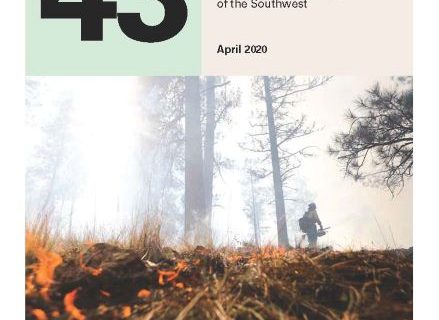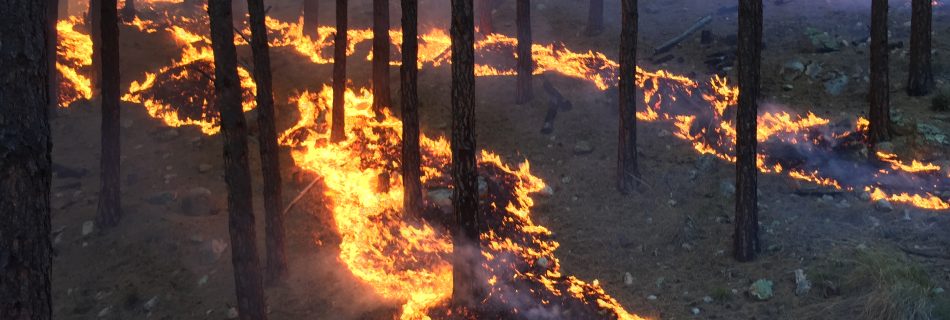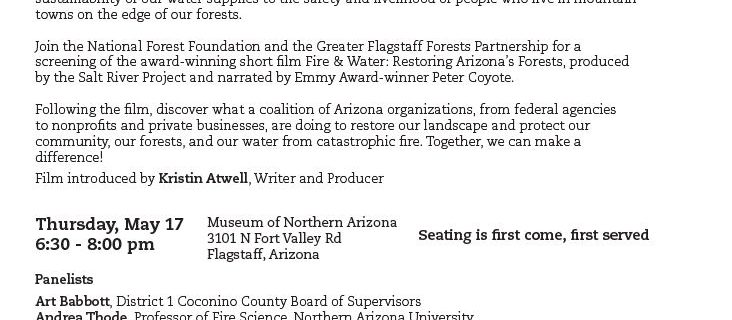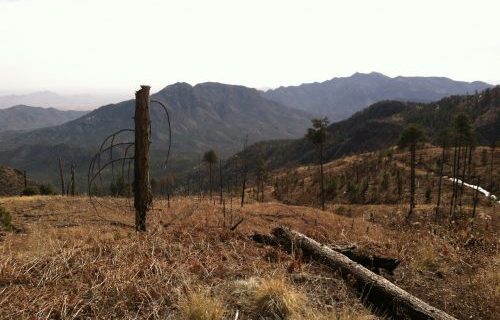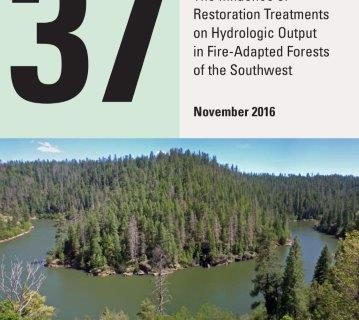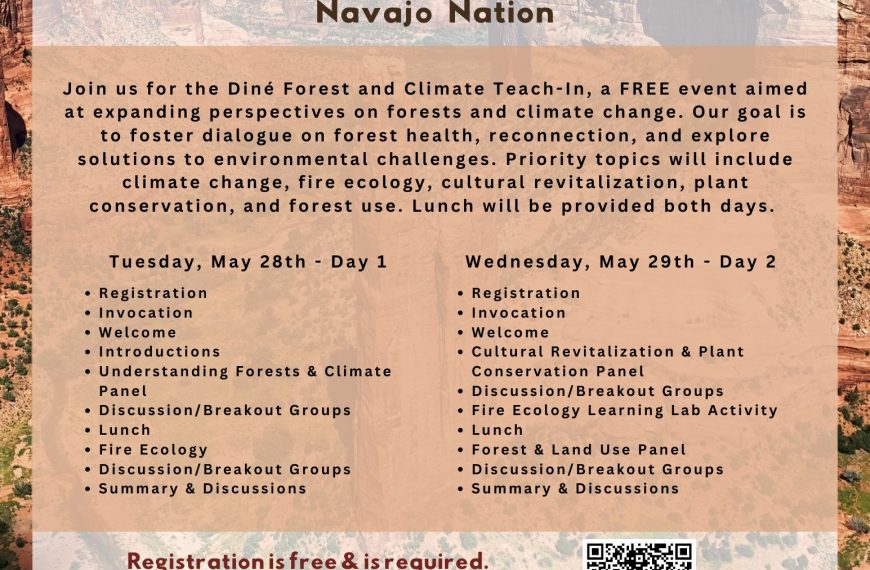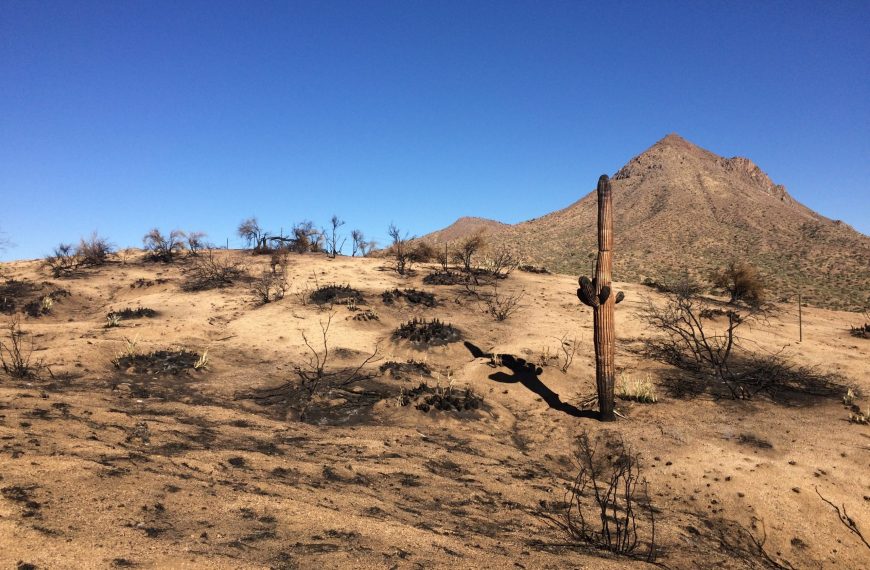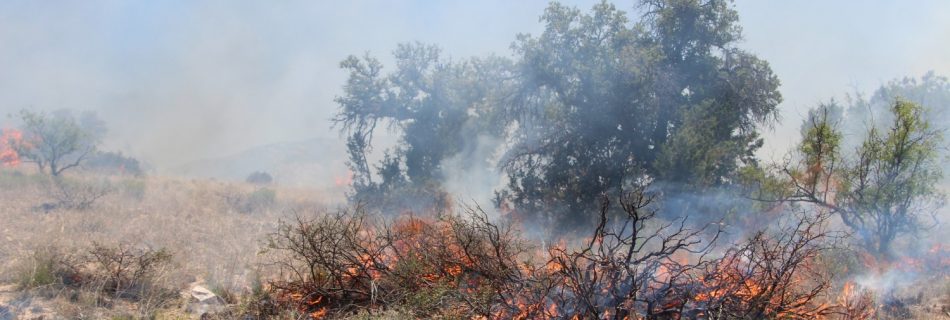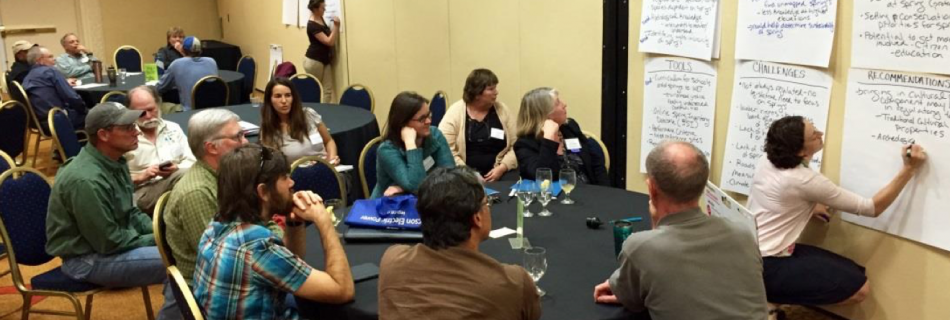Do high severity burns lead to conversion to new forest types or a shift from forests to shrublands or grasslands? How do wildlife respond to changing habitats? And, finally, what do these changes tell us about how these ecosystems will respond to climate change? We visited the sites of the 2000 Pumpkin Fire and 2003 Aspen Fire, and talked to researchers who have been studying how forests and wildlife respond to high severity burns. View the YouTube video here.
Fire and Soils in Frequent-Fire Landscapes of the Southwest
Working Paper 43 by Dan Binkley, Adjunct Faculty, School of Forestry, Northern Arizona University Forests and soils interact so strongly that any major change in one of them leads to a reshaping of the other. Fires consume fuels in a few hours that it took vegetation years or decades to produce. Forest soils are both …
Read more “Fire and Soils in Frequent-Fire Landscapes of the Southwest”

